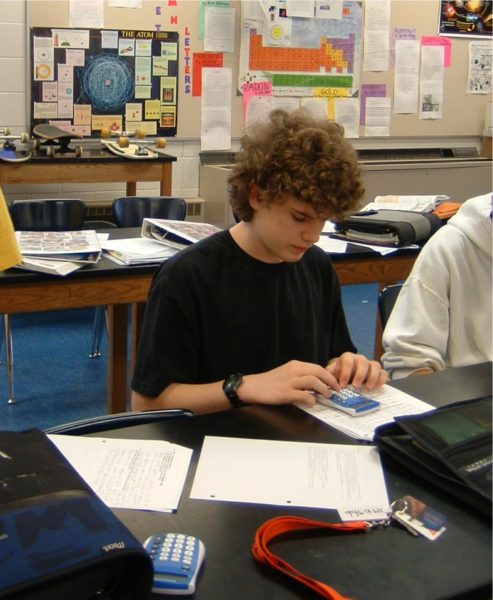
Cloud computing and collaborative learning environments are set to take hold in K-12 schools in the very near future, with mobile devices, game-based learning, and other education technologies to follow suit in the next few years, according to the 2010 Horizon Report’s K-12 Edition, released by the New Media Consortium (NMC).
NMC researchers examined 100 different technologies and whittled them down to the six most prominent technologies that are on the verge of classroom adoption in the next five years. Those six technologies were placed into three categories according to how close schools are to implementing them on wide scale.
The report also identifies the challenges facing K-12 technology leaders, noting that while digital media literacy continues to rise in importance as a key skill in every discipline and profession, educational practices are changing very slowly, said Larry Johnson, NMC’s chief executive, during an April 13 webinar sponsored by the Consortium for School Networking.
Many policy makers and educators believe that deep reform is needed, but at the same time, there is little agreement as to what a new model of education might look like, the report says. The fundamental structure of the K-12 establishment is another challenge. Many activities related to students’ education—such as social networking and multitasking with digital tools–now take place outside classroom walls, but these experiences are often undervalued or unacknowledged by school leaders.
Schools are likely to implement cloud computing and collaborative learning environments in a year or less, according to the report. Many K-12 schools already are using cloud computing for shared applications and storage, but not as many are using the technology—in which applications are hosted on a company’s servers and delivered online, rather than residing on the user’s desktop computer—for the higher-end computing power that can facilitate advanced research, said Rachel Smith, a vice president at NMC.
Collaborative environments involve creating content in shared social networking spaces, and because today’s students are constantly connected and typically frequent social networking web sites, this technology plays to students’ strengths and interests. Students in classrooms across the United States or worldwide can team up to create wikis and other informative web sites for various projects, Smith said.
Game-based learning is inching closer to classroom adoption, although it is still two or three years away from widespread implementation. Digital games can include single-player tutorial games such as Reader Rabbit or Math Blaster, all the way up to alternative-reality games intended for multiple players and that strengthen collaborative learning.
“[We’ve seen] a high adoption rate on single-player games, and we’re starting to see more on multiplayer or collaborative games,” Smith said.
Mobile devices also fall into the two- to three-year adoption timeframe. Although most older students own smart phones or other mobile devices, and many younger students now have access to these devices as well, policies prohibiting their use in classrooms are preventing more widespread adoption of the technology in K-12 education, Smith said.
Other technologies are potential game-changers but present too many logistical hurdles for immediate implementation. Augmented reality and flexible displays are two technologies that Johnson said are four to five years from K-12 adoption.
Augmented reality uses GPS and compass features, such as those found on smart phones running Google’s Android operating system and Apple’s iPhone, to access high-speed wireless networks that mash up local web content with the user’s surroundings. Augmented reality often overlays images onto a user’s screen. SciMorph is one augmented reality science learning program that lets students place an alien in different environments, take measurements, and gather data. The alien is overlaid atop what students see via webcams.
Flexible displays—paper-like computer displays made mostly of plastic—are also a few years from K-12 implementation, Johnson said.
“We’re not really sure where flexible displays are going, but you can imagine them being used initially in marketing,” he said, adding that flexible displays could appear on science lab equipment with instructions on how to use different lab tools. Others have speculated that flexible displays soon could reduce the price of laptops and mobile devices, because they consume less power and use fewer materials.
“The technologies we’re using are causing significant policy changes” in K-12 education, said Susan A. Gendron, commissioner of the Maine Department of Education and president of the board of directors for the Council of Chief State School Officers (CCSSO).
Gendron said the report’s contents would help with key policy components as states work to integrate technology into instruction.
“The chiefs within CCSSO are trying to examine, in particular, how cloud computing and collaborative environments will help us work across all states,” she added.
Links:
2010 Horizon Report K-12 Edition
Consortium for School Networking
Arizona State University Flexible Display Center
Council of Chief State School Officers
- New group targets AI skills in education and the workforce - May 6, 2024
- Friday 5: Teacher stress - May 3, 2024
- Student success is impacted by issues outside of school, survey finds - May 1, 2024


Comments are closed.